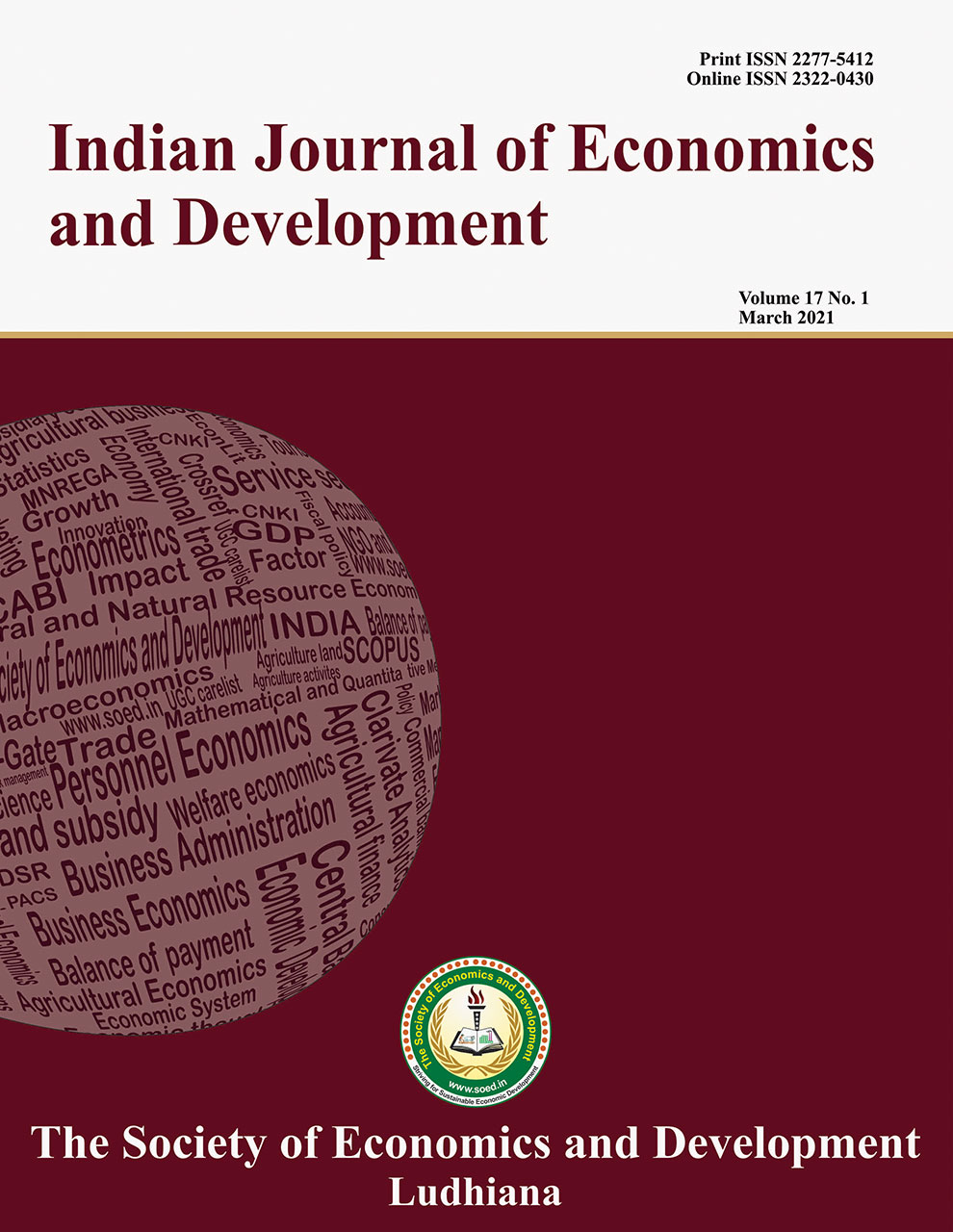Integrated Farming System: A Modern Tactic to Maintain Equilibrium Between Agriculture, Environment and Economy: A Review

Price: ₹ 500
Author: J.W. Haobijam, Guneshori Maisnam1, K.C. Singh and Chongtham Tania
Author Address: epartment of Agricultural Economics and Extension, School of Agriculture, Lovely Professional University, Phagwara-144411 (Punjab), 2Veer Chandra Singh Garhwali Uttarakhand University of Horticulture and Forestry, Bharsar-246123 (Uttarakhand) and 3ICAR RC
Keywords: Integrated farming system, livelihood, living world, sustainability, traditional
JEL Codes: Q00, Q01
Abstract
Traditional Indian agriculture is mainly focused on manpower, which involves lots of hard work and energy but difficult to earn their livelihood because of very less output even though it requires considerable inputs in terms of seeds, livestock breeds, fertilizers, pesticides, energy, feed, and labour. An innovative farming system with maximum productivity and fewer input drives is an urgent need to consider an integrated farming system. It efficiently recycles the natural resources and maintains nutrient equilibrium, brings about soil, air and water sustainability, enhances economic profitability and stability, thus preserving the quality and diversity of the living world.
Description
Indian Journal of Economics and Development
Volume 18 No. 2, 2022, 465-476
DOI: https://doi.org/10.35716/IJED/22027
NAAS Score: 5.15 (2022)
Indexed in Clarivate Analytics (ESCI) of WoS
Indexed in Scopus (SJR: 0.18)
UGC Approved (UGC-Care List Group II)



